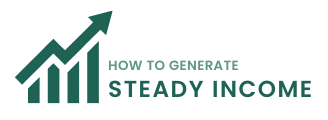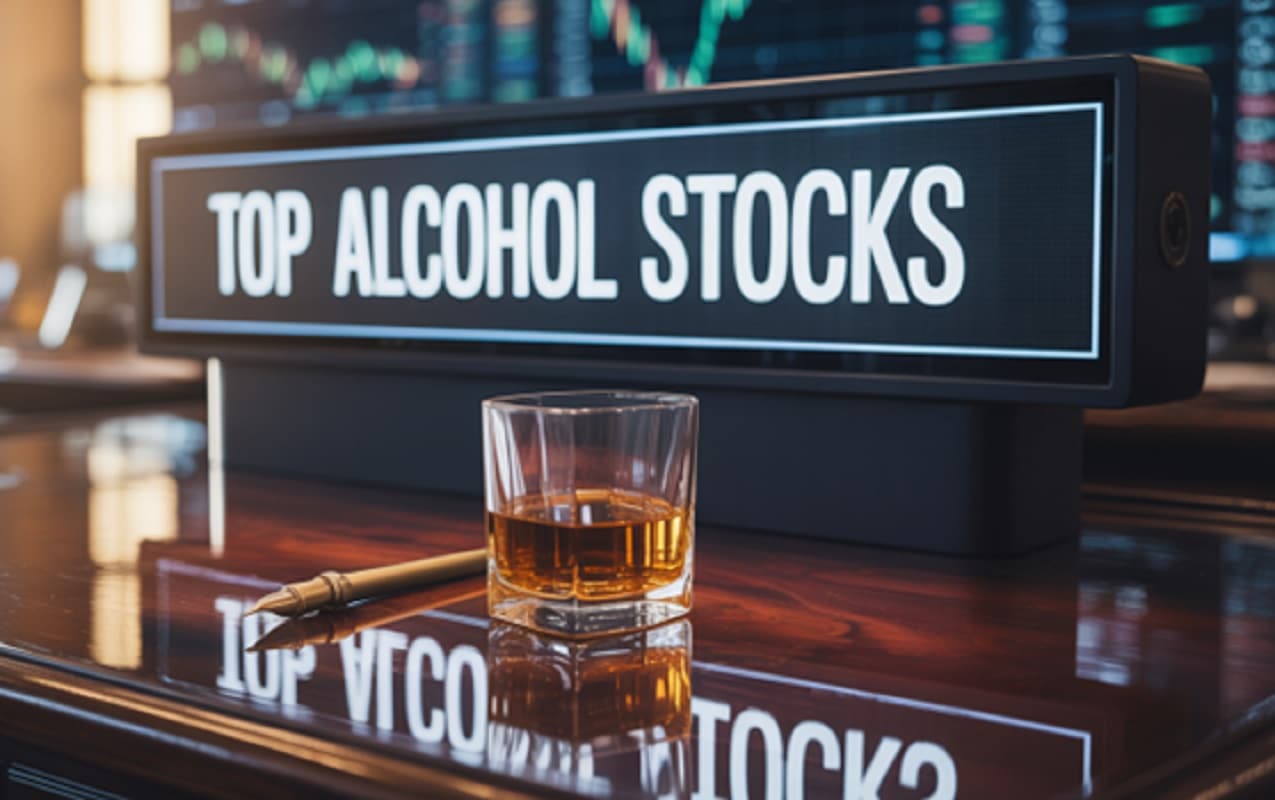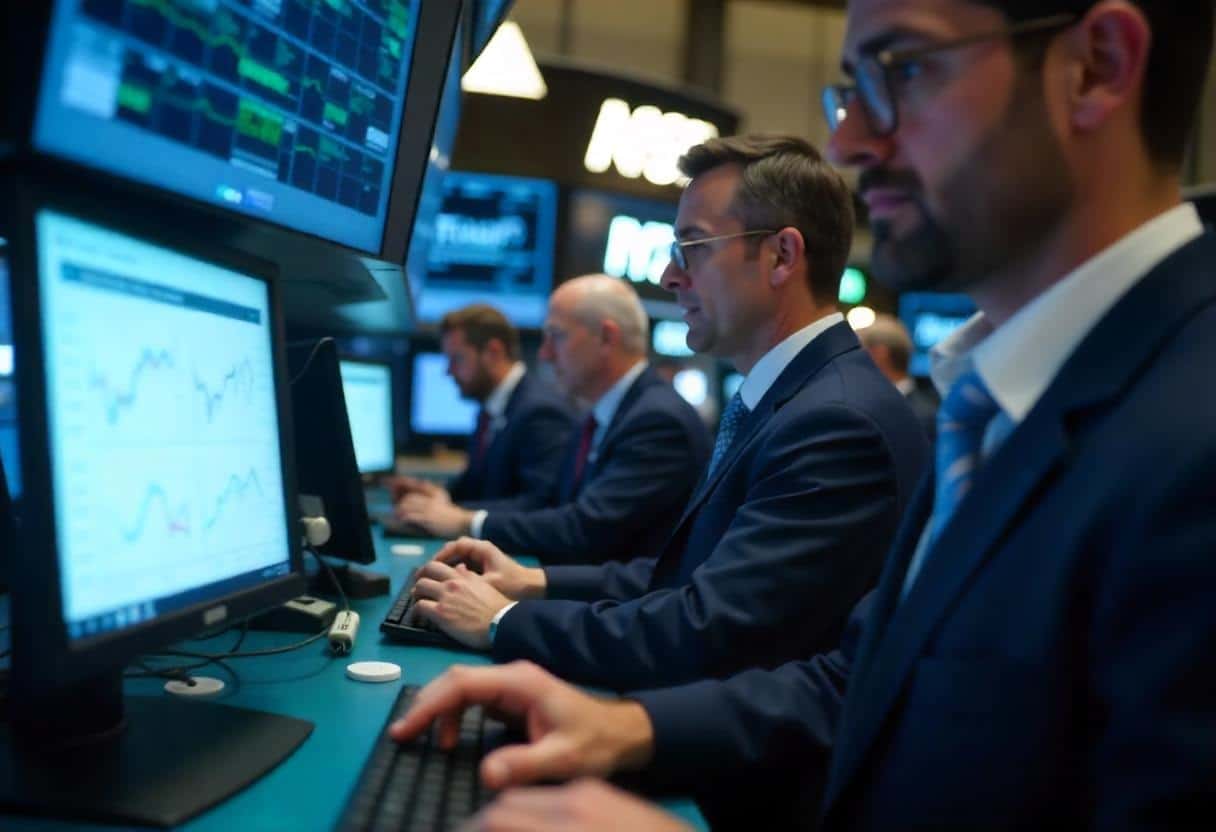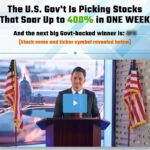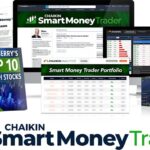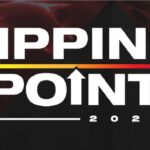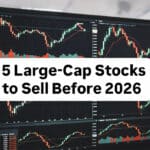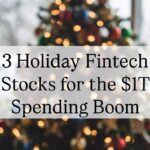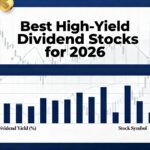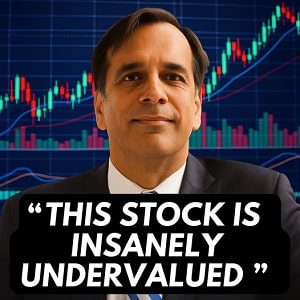Alcohol stocks have long been portfolio staples, often seen as reliable consumer goods due to their “recession resilience”—consistent demand regardless of economic conditions, typically leading to stable growth and dividends. Historically, these companies performed steadily through various economic cycles.
However, the 2025 landscape is more complex. While resilience remains, the industry faces significant shifts: evolving consumer tastes, economic pressures on spending, and changing distribution channels create challenges and opportunities. Many major alcohol stocks have seen share prices fall recently, despite underlying business strengths, hinting at potential value.
Below, I will analyze the forces reshaping the US alcohol market, identifying companies poised to navigate these changes in 2025. I’ll explore the sector’s realities beyond industry jargon.
Sip Happens: Key Trends Stirring the US Alcohol Market in 2025
The “less but better” trend persists, with consumers drinking less often but choosing higher-quality options. This holds true even amid economic pressures, especially in premium beer and premium-and-above spirits. Companies like Diageo and Constellation Brands align with this preference.
However, premiumization is evolving. Economic headwinds make consumers value-conscious. Ultra-premium sales ($100+) may be slowing, while “affordable luxury” ($17-$50) gains traction. Consumers seek premium attributes in beer and ready-to-drink (RTD) alcohol beverages or mid-tier spirits balancing quality and cost. Success in 2025 may depend on hitting this “sweet spot.”
The RTD Revolution: Convenience Meets Craft
RTDs are a dominant force, capturing ~12% of alcohol sales, with continued growth forecast.
Global volume growth is projected at 3% CAGR through 2028. Their appeal lies in convenience, versatility, and flavor innovation. RTDs also offer an accessible way to try premium spirits like tequila or whiskey.
Major players like AB InBev (Cutwater) , Brown-Forman (Jack Daniel’s RTDs, New Mix) , Diageo (Smirnoff RTDs) , and Molson Coors (Vizzy, Topo Chico Hard Seltzer) are heavily invested. Spirit-based RTDs are increasingly preferred over malt-based ones.
RTDs are reshaping consumption, fitting into casual occasions like brunches and barbecues where traditional spirits might not have. By lowering barriers and fitting into relaxed moments, RTDs likely expand the frequency and occasions for spirit-based consumption.
The Rise of Mindful Drinking: NoLo Goes Mainstream
NoLo (non-alcoholic and low-alcohol) beverages are surging, driven by health trends and younger generations (Gen Z, Millennials) drinking less alcohol.
The global no-alcohol category is forecast to grow at +7% volume CAGR (2024-2028), adding over $4 billion. The US no-alcohol market is projected at 18% volume CAGR, reaching nearly $5 billion by 2028. Non-alcoholic spirits volumes jumped 38% in 2023.
Diageo leads with Seedlip, Ritual Zero Proof, and 0.0% versions of core brands. AB InBev offers Budweiser Zero , Molson Coors partners with ZOA, Fever-Tree, and Naked Life , and craft players like Athletic Brewing gain share.
The trend includes moderation strategies like “zebra striping” (alternating alcoholic/non-alcoholic drinks). Over 93% of NoLo buyers also purchase alcohol , indicating NoLo caters to existing drinkers moderating intake. Thus, NoLo products need quality and sophistication to compete.
Agave Spirits Surge: Tequila’s Transformation Continues
Tequila and mezcal continue strong growth. Despite overall US spirits volume declines in 2024, tequila/mezcal revenue grew 7.9% ($476 million). Tequila has shifted from a party drink to a premium sipping spirit, especially bottles over $30. Leaders include Diageo (Don Julio, Casamigos) , Brown-Forman (Herradura, el Jimador) , and Constellation Brands (Casa Noble, Mi CAMPO). Tequila also fuels the RTD boom. Mezcal is carving a niche. This highlights interest in spirits with authentic stories.
Inflation pressures discretionary spending, requiring careful price management. Potential tariffs (US-EU/Mexico) add uncertainty, leading Diageo to remove medium-term guidance. Simultaneously, digital channels influence purchasing. Alcohol e-commerce is projected to exceed $36 billion globally by 2028. Online research impacts offline buys. Companies like AB InBev leverage digital platforms (e.g., BEES B2B) for engagement and sales. Success requires navigating economic pressures while using digital tools effectively.
Top Shelf Picks: Analyzing Leading Alcohol Stocks for 2025
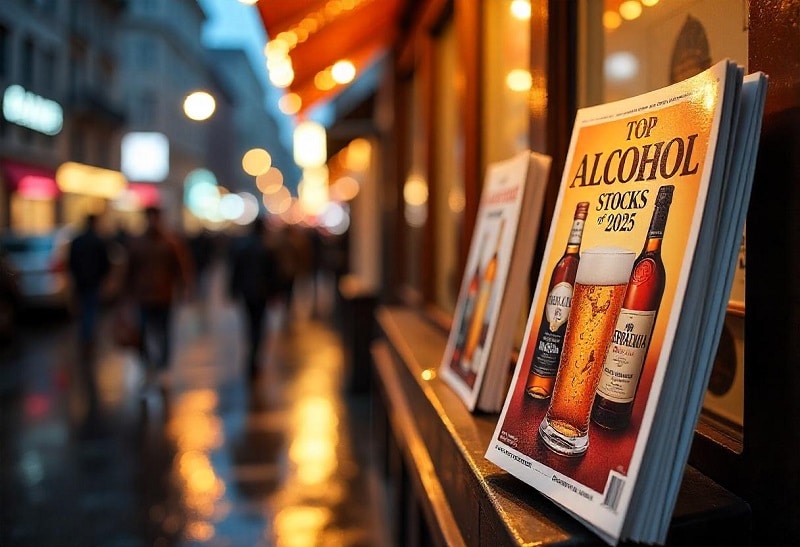
Identifying top stocks involves analyzing financials, strategy, trend alignment, dividends, and valuation.
1. Constellation Brands (NYSE: STZ)
- Overview: Dominant in the US with premium imported beers (Modelo Especial, Corona Extra). Its restructured Wine & Spirits division focuses on premium brands (Robert Mondavi, The Prisoner, Kim Crawford, High West). Market cap: ~$33B.
- Financials & Dividend: FY25 showed resilience with sales growth and improved margins. Beer projects 6-8% net sales growth in FY25. Q4 FY25 EPS beat estimates. Targets $6B free cash flow (FY26-28). Dividend yield ~2.18%, 9 years of growth. Stock declined ~26-33% over the past year due to W&S weakness but recovered somewhat.
- Strategy: Focus on premium beer dominance through distribution, innovation, and marketing. W&S strategy involves divesting mainstream brands to focus on premium ($15+), targeting $200M+ cost savings by FY28. Committed to 30% dividend payout ratio and $4B share repurchase. Focuses on water stewardship and invests in emerging categories (Hiyo, Fresca Mixed).
- 2025 Outlook & Analyst View: FY26 guidance reflects moderation (Beer sales 0-3%). Analysts generally rate ‘Buy’/’Outperform’, citing beer strength but noting W&S risks. Avg. price targets ~$209-$218.
- Positioning: Strong beer business (Modelo, Corona) contrasts with struggling W&S segment (sales declines , impairment charge ), necessitating restructuring. Investment thesis hinges on continued beer strength and successful W&S turnaround.
2. Diageo (LSE: DGE, NYSE: DEO)
- Overview: UK-based global leader in premium spirits (Johnnie Walker, Smirnoff, Guinness, Don Julio, Casamigos). Significant US presence. Market cap ~$63-67B.
- Financials & Dividend: H1 FY25 showed modest organic net sales growth (+1.0%), but reported figures declined slightly due to FX. North America outperformed (+0.2% organic growth). EPS pre-exceptionals declined 9.6%. Strong free cash flow ($1.7B). Reliable dividend payer (~3.7% yield). Stock down ~21-30% over past year.
- Strategy: Anchored in premium/super-premium spirits. Leading in NoLo category (Seedlip, Ritual, 0.0% extensions) , leveraging digital capabilities (AI insights) , and transforming US route-to-market. Strong ESG commitment (‘Society 2030’).
- 2025 Outlook & Analyst View: Removed medium-term guidance due to uncertainty (macro, tariffs). Expects sequential organic sales growth improvement in H2 FY25 (pre-tariff), but slight organic operating profit decline. Analysts see rebound potential (some predict +30% by spring 2026). Consensus ‘Buy’/’Hold’. Avg. price targets ~$128-$138. Warren Buffett holds a stake.
- Positioning: Global leader with strong brands facing temporary headwinds (market challenges, FX, tariffs). Return to organic growth, North American strength, NoLo leadership , and strategic initiatives provide recovery foundation. Investment rests on navigating uncertainty and capitalizing on strengths.
3. Brown-Forman (NYSE: BF.B)
- Overview: Kentucky-based, known for American whiskey (Jack Daniel’s, Woodford Reserve, Old Forester). Also in tequila (Herradura, el Jimador) , RTDs (Jack Daniel’s, New Mix) , and recently acquired super-premium Gin Mare and Diplomático rum. Market cap ~$16B.
- Financials & Dividend: Mixed Q3 FY25: reported sales -3%, operating income -25%; organic sales +6%, operating income +23%. YTD FY25: reported sales -4%, organic +2%. Whiskey flat YTD (organic +2%), Tequila -15% (organic -13%), RTDs -4% reported (+6% organic, driven by New Mix +13% organic). Reaffirmed FY25 outlook: 2-4% organic growth (sales & operating income). Dividend Aristocrat (38-40 consecutive years increase) , yield ~2.6%. Stock down ~27-38% over past year.
- Strategy: Pursuing premiumization (Woodford Reserve, acquisitions). Developing Jack Daniel’s franchise (higher-end, RTDs). Major restructuring announced (leadership changes, 12% workforce reduction, cooperage closure) targeting $70-80M annualized savings. New California distribution partnership. Focus on long-term sustainability.
- 2025 Outlook & Analyst View: Reaffirmed FY25 guidance signals confidence. Analyst sentiment cautious (‘Hold’ consensus). Avg. price targets ~$40-$45. Valuation appears more reasonable after decline (P/E ~20 , P/FV 0.65 ).
- Positioning: Undergoing strategic refocusing amid market softness and margin pressure. Divestitures and restructuring aim to streamline and concentrate on core strengths (premium whiskey ) and growth areas (RTDs , new premium brands). Dividend Aristocrat status underscores shareholder value commitment. Investment case centers on successful pivot execution.
4. Anheuser-Busch InBev (NYSE: BUD)
- Overview: Global brewing leader with huge US presence (Budweiser, Bud Light, Michelob Ultra, Stella Artois). Expanding “Beyond Beer” (Cutwater, Nutrl). Market cap ~$110-120B.
- Financials & Dividend: Strong Q4/FY24 results beat estimates (Q4 EPS $0.88 vs $0.69). FY24 revenue $59.8B (organic +2.7%), normalized EBITDA ~$21B (organic +8.2%) with margin expansion. US market stabilizing (Q4 STR +0.5%), Michelob Ultra/Busch Light gaining share. Achieved Net Debt/EBITDA target (<3.0x). Proposed 22% dividend increase. Yield ~1.0-1.6%. Stock showed strong recent momentum after lagging.
- Strategy: Focus on mega brands, premiumization, digital transformation (BEES B2B platform: $49B GMV in FY24). Priority on US market recovery (Bud Light) with marketing investments ($7.2B FY24). Expanding Beyond Beer (Cutwater, Nutrl, Bud Zero). Clear 2025 ESG goals (renewable electricity, emissions reduction, water stewardship) aiming for Net Zero by 2040.
- 2025 Outlook & Analyst View: Positive 2025 guidance: 4-8% organic EBITDA growth. Analyst sentiment increasingly positive, citing strong financials (Piotroski Score 9 ), US recovery signs, deleveraging. Consensus ‘Buy’/’Strong Buy’. Avg. price targets ~$66-$75.
- Positioning: Emerging from challenges (Bud Light controversy). Strong FY24 results (growth, margin expansion, debt reduction) signal potential turning point. Momentum in key US brands , digital success (BEES) , Beyond Beer expansion , and increased dividend suggest regaining footing. Outlook hinges on sustained US recovery, developing market growth, strategy execution, and financial discipline.
5. Molson Coors (NYSE: TAP)
- Overview: Second-largest US brewer (Coors Light, Miller Lite, Blue Moon). Aggressively expanding Beyond Beer (Vizzy, partnerships: Topo Chico Hard Seltzer, Simply Spiked, ZOA Energy, Fever-Tree mixers). Market cap ~$11-12B.
- Financials & Dividend: Q4 FY24 earnings beat estimates (EPS $1.30 vs $1.13). FY24 reported net sales -0.6%, underlying income +5.6% constant currency. Strong cash generation ($1.2B+ free cash flow), returned $1B+ to shareholders. Achieved leverage target (Net Debt/EBITDA 2.09x). Attractive dividend yield ~3.3% , 4 consecutive years growth. Stock reacted positively to Q4 earnings.
- Strategy: Strengthen core beer brands (Coors Light, Miller Lite), drive premiumization (Blue Moon, Madrí Excepcional). Aggressive Beyond Beer push via organic development (Vizzy) and partnerships (ZOA, Coca-Cola for Topo Chico/Simply Spiked, Fever-Tree). Focus on profitability enhancement. ESG goals under “Our Imprint” framework (emissions, water, packaging).
- 2025 Outlook & Analyst View: Encouraging FY25 guidance: low single-digit net sales growth, mid-single-digit underlying pretax income growth, high single-digit underlying EPS growth, ~$1.3B free cash flow. Analysts positive on execution (retaining share gains , Fever-Tree deal ). Consensus ‘Buy’/’Hold’. Avg. price targets ~$64-$67. Valuation potentially attractive (low forward P/E ~8.5x , strong FCF yield ).
- Positioning: Undergoing significant transformation to a “total beverage company”. Balancing core beer with major investments/partnerships in non-alc (ZOA, Fever-Tree, Naked Life), energy (ZOA), RTDs (Vizzy, Topo Chico, Simply Spiked), and mixers (Fever-Tree). Strategy aligns with Beyond Beer and premiumization trends. Strong cash flow supports initiatives and returns. Investment case centers on successful execution of this transformation.
Final Call: Investing with Eyes Wide Open
The 2025 alcohol sector is dynamic. Despite headwinds, leading players are adapting by managing portfolios, investing in RTDs and NoLo, embracing digital tools, and seeking efficiencies. Success likely lies in evaluating each company’s specific strategy, financial resilience, execution ability, and alignment with key consumer trends.
While “recession-resilient” needs qualification, the enduring appeal of beverages for social connection suggests long-term adaptability. Selective investment could be rewarding for those navigating these changing currents.
FAQ: Top Alcohol Stocks of 2025
Why were alcohol stocks traditionally seen as safe investments?
Historically, alcohol stocks were often viewed as “recession-resilient.” This is because people tend to purchase alcoholic beverages fairly consistently, even when the economy slows down. This perceived stability often translated into steady growth and reliable dividends for investors. These companies often showed consistent performance through various economic cycles.
What are the biggest trends impacting the alcohol market in 2025?
Several key trends are shaping the market right now. These include “premiumization” (consumers wanting higher quality, though value is increasingly important) , the huge popularity of convenient Ready-to-Drink (RTD) beverages , the significant growth in No- and Low-Alcohol (NoLo) options driven by health consciousness , the continued strong demand for agave spirits like tequila , and the ongoing influence of economic pressures and digital purchasing habits.
